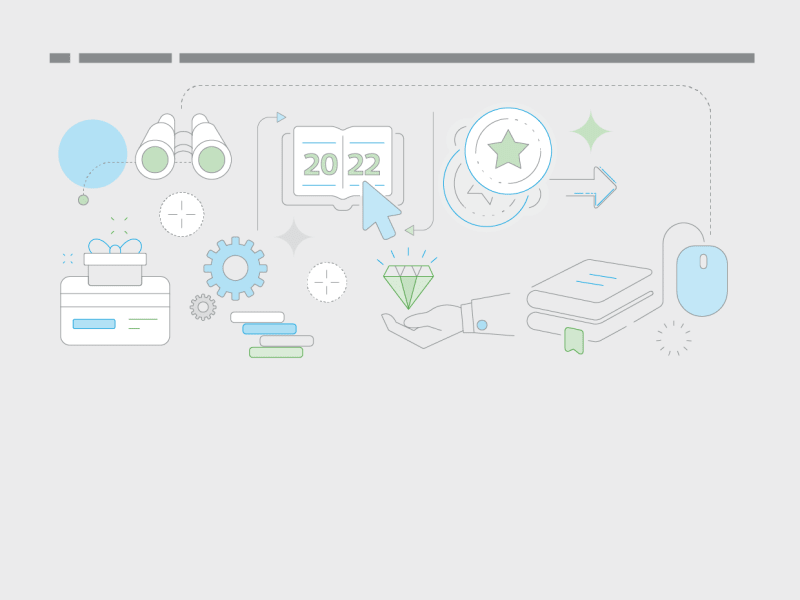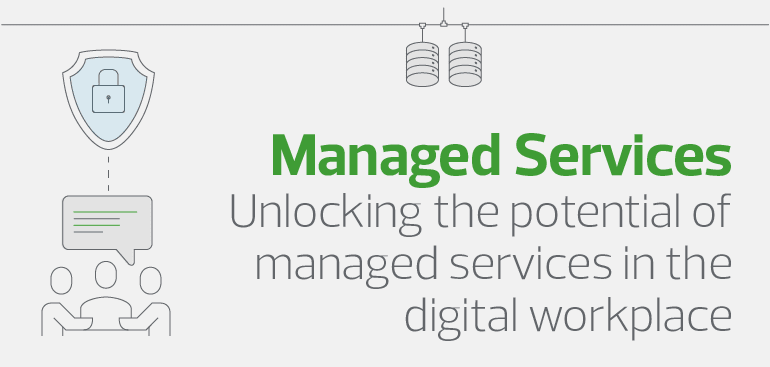By Fredrik Högström, CIO, RSM Sweden
The last year has forced many businesses to think differently about their products, services and ways of working. Many of the changes were born out of necessity. The move to remote working was the only way to keep staff safe and the improvement of digital infrastructure happened because remote working required it. While in countries around the world pandemic restrictions are starting to ease, many businesses are keen not to lose the innovative mindset they have embraced during this challenging period in business. In many ways, this is an opportunity for companies to redefine what innovation means to them and embed a culture of innovation at their core.
Don’t try to reinvent the wheel
When we talk about innovation, most people refer to disruption, or technological leaps. People immediately assume that it needs to be a breakthrough, cutting edge or something really big. That is what we think of when we hear the word, innovation. The invention of steam power and the creation of the internet were both innovations that saw a step change in the way we lived. However, innovation does not always need to be based on a breakthrough. In many ways, most of the innovation happening in organisations around the world is much more practical and incremental.
Both forms of innovation are important, but each requires very different mindsets. For incremental innovation, you need to think about making small improvements, one at a time, and crucially it does not have to be optimal on day one.
In my work, I try to help people think of innovation as a solution to the things that they complain about every year and never seem to change. Is there a process which no one enjoys, which takes time, and which has to be done? Start there.
We had this happen recently in our office when we introduced some new software and were migrating data from the old system to the new one. Some of the data wasn’t moving automatically and it was taking members of the team 3-4minutes to manually move 1 of the 4,000 data sets across. I heard the team who were managing the process talking about it in the kitchen, and spent the afternoon developing a tool to automate the process. We ran it overnight and when the team came in the next day, the problem they had been complaining about was solved. They hadn’t asked if there was another solution, or thought about innovating, but showing them that a different approach could add real value has turned them into converts.
The key here is to find a core issue, a solvable problem, and set Specific Measurable Achievable Realistic and Timely (SMART) goals - show progress, and define what success looks like. This can then become a process, which you can repeat, test and learn, and gradually refine over time.
If you approach innovation this way, it becomes less threatening, and people will not be overwhelmed by a seemingly insurmountable problem. Instead, they can start thinking about how they can chip away at it. If you can inspire enough people to think this way and foster a culture that welcomes challenge and change, you will start to see the benefits.
Learn to let go
It is important not to be precious about an idea. If something does not work, try not to force it. Step back, ask why it did not work, and use the failure as an opportunity to learn. Stepping back and remembering the core problem can help to avoid solutions becoming overly complex.
Adopting a culture which accepts failure as a part of the creative process can be one of the hardest things to do. No one likes to fail. We are taught to avoid it and, in some businesses, admitting failure can be career limiting. So, when first starting to build a culture of innovation, you need to secure buy in and demonstrate progress.
To do this, you need to be able to do two things. The first step is to identify the people in your organisation who might be more resistant to change. The goal is to turn them from naysayers into allies and make them a resource. Take the time to talk to them, ask them for their ideas, explain why you are looking to change a particular process or product, and outline the process you intend to go through.
Second, you need to promote your successes. Yes, failure is an important part of the process, but it needs to be one part of a process that delivers results. Especially when you are first trying to adopt an innovative mindset, pick winnable battles. It will be much easier in the long run if you can show how you are changing people’s lives for the better.
The big changes will come
As we enter the next stage of the pandemic, we have an opportunity. People are more open to change, and to challenging old truths. For businesses looking to embed that spirit into their culture, there has never been a better time.
Take it one step at a time, do not expect industry changing ideas to come in the first week. Start small, define a process, avoid being precious about your first ideas, embrace failure, be proud of your successes. Little incremental innovative steps can eventually lead to big change.







